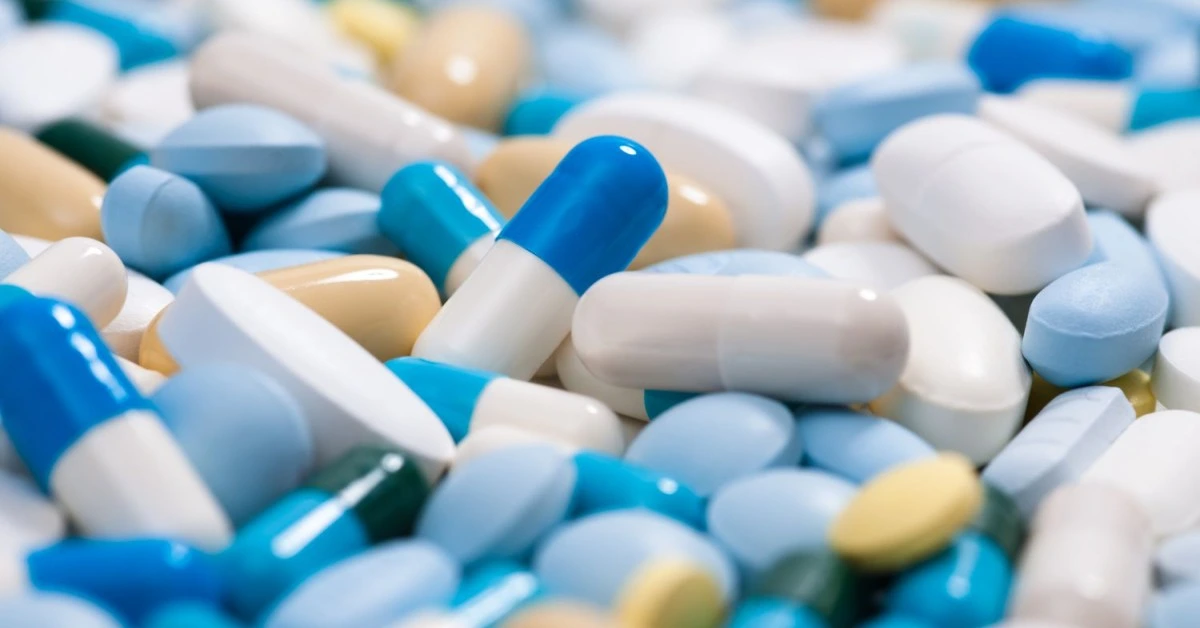
U.K. – The UK Department of Health and Social Care (DHSC) has announced a significant payback rate of 22.9% for newer medicines under the 2024–2028 Voluntary Scheme for Branded Medicines Pricing, Access, and Growth (VPAG).
Effective in 2025, this rate is part of the UK’s approach to controlling National Health Service (NHS) spending on branded prescription drugs.
While the scheme aims to balance affordability and innovation, this unexpectedly high rate is likely to disappoint pharmaceutical companies, especially after years of tension surrounding similar policies.
VPAG replaced the Voluntary Scheme for Branded Medicines Pricing and Access (VPAS), which expired at the end of 2023.
The latter had become contentious due to a steep payback rate of 26.5% in its final year, a burden many in the pharmaceutical industry criticized as unsustainable.
Although VPAG was designed to address these concerns by introducing differentiated payback rates for newer and older medicines and a phased adjustment to the sales growth threshold, the 2025 rate signals challenges in achieving its intended balance.
Under VPAG, newer medicines were subject to a lower payback rate of 15.1% during most of 2024, reflecting a move toward sustainability.
However, the jump to 22.9% in 2025 stems from higher-than-expected sales growth and a repayment of £373 million (US $473 million) due to an underpayment in 2024.
Sales data from Q1–Q3 of 2023 and 2024 revealed a 14.34% growth rate for newer medicines, alongside a modest 4.56% growth for older drugs.
Total sales across all categories rose by 9.5%, driving the recalibration of the payback rate.
The increase to 22.9%—though lower than the 26.5% peak under VPAS—has reignited concerns about the viability of VPAG for innovative pharmaceutical companies.
These firms argue that such high clawback rates deter investment in drug development and undermine efforts to foster innovation in the UK.
Despite the adverse impact on newer medicines, older drugs are shielded under VPAG’s differentiated approach, facing a base rate of 10% with a variable top-up rate depending on price erosion.
Non-participation in VPAG presents its own challenges. Companies that opt out are subject to the Statutory Scheme, which traditionally enforces even higher payback rates.
As a result, most pharmaceutical firms remain within VPAG despite the financial strain.
While the headline payback rate has cast a shadow over the scheme, VPAG does include elements aimed at supporting the pharmaceutical sector.
Notably, its investment component is intended to strengthen the UK’s research and development ecosystem, which could encourage innovation in the long term.
However, industry stakeholders are likely to advocate for further adjustments to prevent a repeat of 2025’s steep rates and ensure VPAG fulfills its promise of creating a more sustainable environment for drug developers.
Looking ahead, the pharmaceutical industry will closely monitor VPAG’s evolution, hoping that the spike in payback rates for 2025 is a temporary anomaly.
With GlobalData projecting further advocacy for preferential rates and clearer assurances of stability, VPAG’s ultimate success will depend on how effectively it balances cost containment with the need to nurture innovation and investment.
XRP HEALTHCARE L.L.C | License Number: 2312867.01 | Dubai | © Copyright 2025 | All Rights Reserved